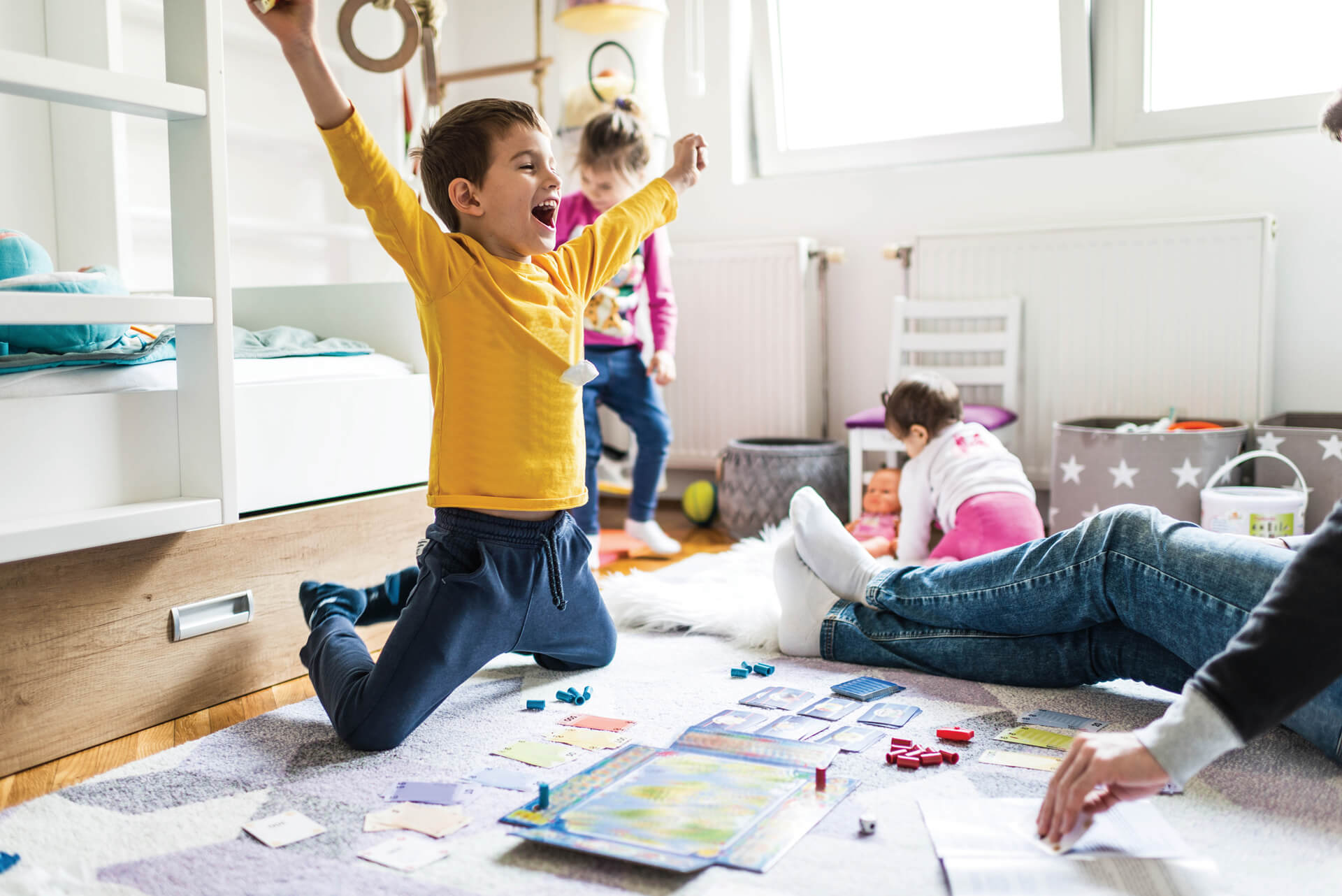




ALONE – no blankets, pillows, toys, or other objects near your baby.
BACK – babies breathe easier and sleep better on their back.
CRIB – sharing a bed isn’t safe; babies need their own safe space.



1) Injuries and Violence Are Leading Causes of Death, CDC:
https://www.cdc.gov/injury/wisqars/animated-leading-causes.html
2) Sunscreen FAQs, American Academy of Dermatology:
https://www.aad.org/media/stats-sunscreen#
Side-Lying Hold
This hold is useful when:
Cross-Cradle Hold
This hold is useful when:
Clutch or “Football” Hold
This hold is useful when:
Cradle Hold
This hold is useful when:
Laid-Back Hold
This hold is useful when:
Share
Share this link via: